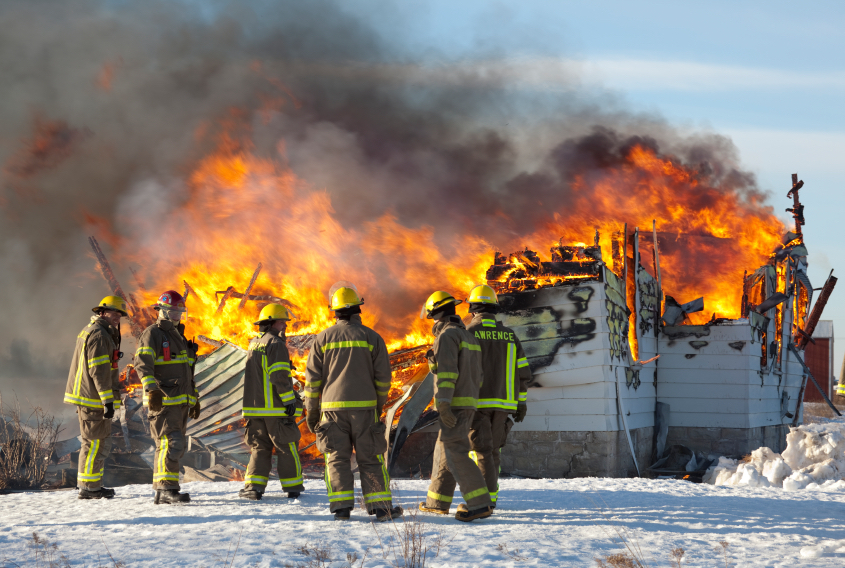This blog post is an excerpt from GovLoop’s recent guide, Understanding State and Local Government. Download the full guide here.
Wildfires, tornados, snowstorms – when disaster strikes, first responders are the first to rush to the scene. However, making sure the right first responders are in place is imperative to a government’s successful response to a disaster. A raging fire wouldn’t be quelled if only police officers answered the call. So how do you ensure the right personnel are on site? To get those answers, GovLoop sat down with Rock Regan, Director of Industry Marketing and Strategy for Public Sector and Education at Kronos, a work- force management software and services company.
“There are many different facets to responding to an emergency or a disaster,” explained Regan. “The best way to understand disaster response is to think of the response in three different buckets: pre-disaster, disaster and post-disaster.”
One of the best ways to ensure state and local agencies have the correct staff in place during an emergency is to implement an automated workforce management solution like Kronos,. “First responders have different rosters based on different types of emergency events,” said Regan. “With automation, they can immediately access a roster and have the system make the calls to deploy the right people on the scene fast.”
Regan said automation allows first responders to:
- ?Create various schedules based on different disaster scenarios ahead of time. Those events can include certifications or other requirements for personnel.
- ? Provide the acting commanders the ability to make real-time decisions about which personnel they need.
- Get remote access to workforce data, including personnel from a laptop or mobile device.
“Commanders can, with a push of a button, change the current work schedule and make sure that an automated call goes out to recall the right personnel,” said Regan.
However, having the right people in place is only half of the equation for first responders in a crisis. The other half is making sure those first responders are tracked and paid properly. But it’s not easy. The payment of personnel in a disaster can be complicated because FEMA and other federal agencies sometimes reimburse state and local governments for disaster costs. “Typically overtime costs are allowed to be reimbursed,” explained Regan. “If a city has a police force schedule, the city is respon- sible for paying them 8 hours a day. But then any time on top of that, FEMA would contribute funds. Understanding how you’re going to leverage the personnel and then how you track that becomes pretty critical in terms of how the city or the county gets reimbursed.”
In addition, cities typically struggle with post-disas- ter audits because their manual processes can be cumbersome and lack detail. These audits can take place up to 10 years after the disaster or emergency actually occurred, risking reimbursement funds. However, with automated documentation of labor hours, getting the true reimbursement can be much easier. “If you don’t have automation up front, it’s too late once the disaster starts,” said Regan “Without automation it’s almost impossible to get the full reimbursement. I think the benefit of the Kronos system is that users are actually able to go in and specifically print out a report of all the hours that could be reimbursed based on a lot of the FEMA guidelines. “
Regan noted that tracking workforce labor is often overlooked: “Cities think we have to respond. But at the end of the day, tracking is a critical component. When you put these plans together in advance, and you know where the reimbursement buckets come from, you are much better equipped to track finances and survive an audit.”
In the end, workforce management tools help the city respond effectively to a disaster both during and after the event. “Communities like to prepare for the physical stuff of a disaster – things like drills and training programs, but they often overlook the backend,” said Regan. “Automation takes care of the administrative burdens of these types of events. Trying to catch up to the administrative requirements after the fact is almost impossible. Building automation into the process beforehand takes care of that burden.”
This means more time for your employees to focus on what really matters: helping citizens. Workforce management solutions allow state and local governments to be much more responsive, flexible and accurate during a disaster. And in the end, that efficiency saves lives.





Thank you for pointing out many things that are so obvious but without sufficient planning may go unnoticed or undone! Also, Cheers to first responders!